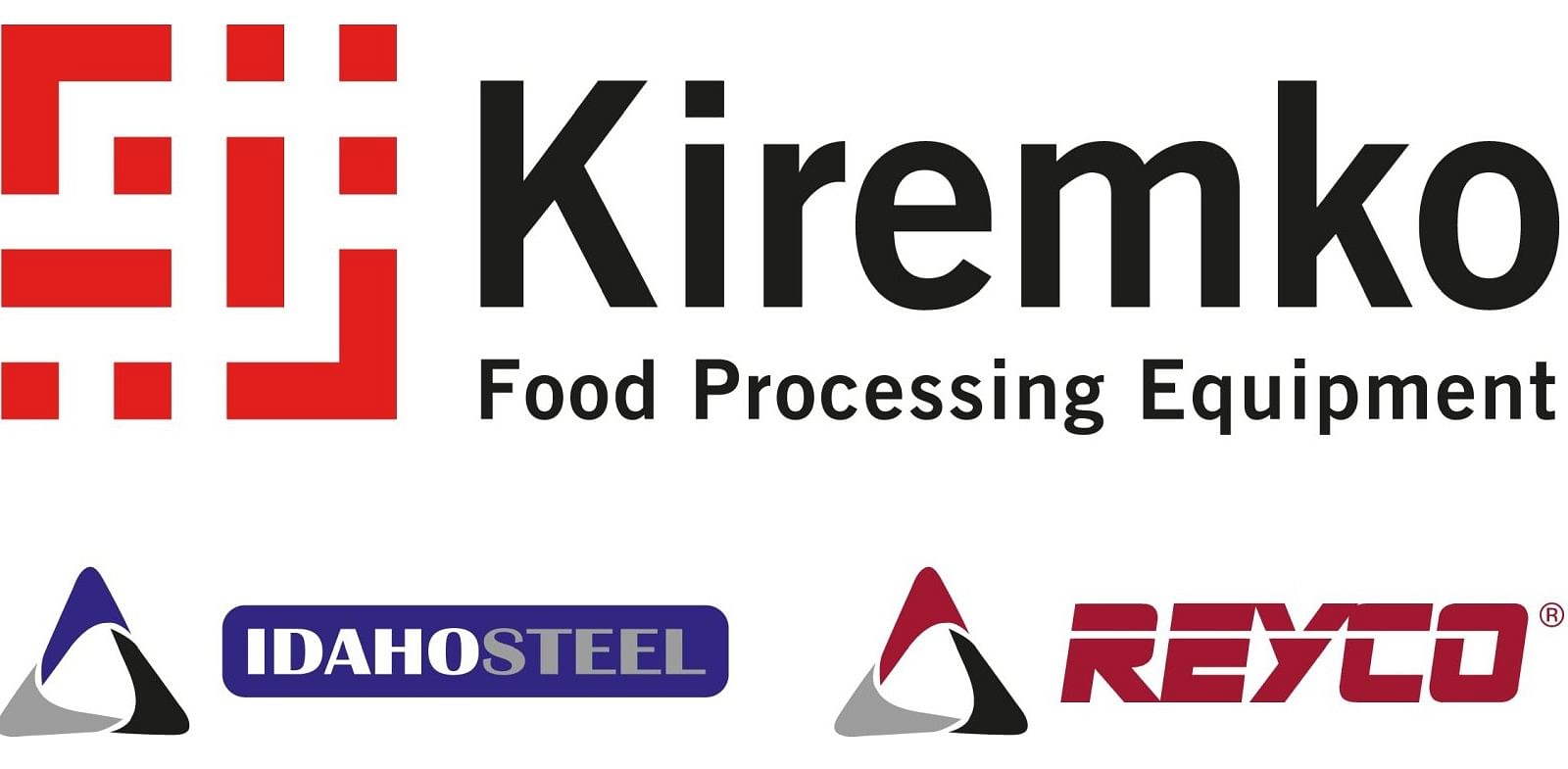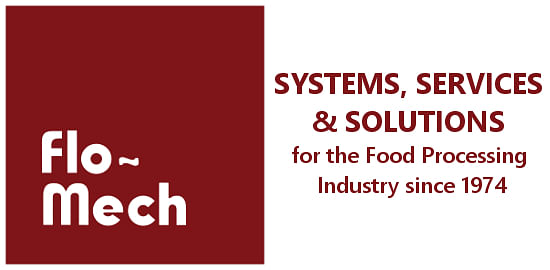Screw blanchers are a key technology in the potato processing industry, providing efficient, continuous, and uniform blanching for large-scale production of products such as French fries, chips, and frozen potato items. Their design and operation make them especially suitable for high-capacity lines where consistency, energy efficiency, and product quality are critical.
- Aprender
- Equipamiento de Procesamiento
- Blanqueadores y Cocinas
- Blanqueadores de Tornillo
Acerca de los Blanqueadores de Tornillo
Tipo de blanqueador donde las piezas de papa se sumergen en agua con una temperatura que oscila entre 65 y 90 grados Celsius para filtrar los azúcares reductores (para mejorar el color del producto final) y para activar o desactivar una serie de procesos en el tejido de papa. Los blanqueadores de tornillo se utilizan normalmente en la producción de papas fritas y en la producción de productos deshidratados de papa.
Haga clic aquí para ampliar y obtener más información!
Working Principle of a Screw Blancher
- Feeding Section: Cut potatoes are introduced into the screw blancher via a feed hopper. This section ensures a steady and controlled supply of product into the blanching system, supporting continuous operation and uniform processing.
- Rotating Screw Conveyor: A helical screw (auger) slowly rotates within a stainless steel trough, gently moving the potatoes through the blanching chamber. This movement provides gentle agitation, preventing clumping and ensuring all potato pieces are evenly exposed to the heating medium for consistent blanching.
- Heating Medium: The blancher uses hot water (typically 70–95°C) or steam as the heating medium. The potatoes are either immersed in hot water or exposed to direct/indirect steam, which rapidly raises their temperature, inactivates enzymes, and partially cooks the product.
- Discharge: After the desired blanching time, potatoes exit the blancher through a discharge outlet. This outlet is often connected to a dewatering or cooling system to quickly stop the cooking process and prepare the potatoes for the next processing stage.
Design and Technical Features
- Construction: Screw blanchers are built with a stainless steel trough and a central screw auger. This robust construction ensures durability, hygiene, and resistance to corrosion, making the equipment suitable for intensive, long-term operation in food processing environments.
- Agitation: The rotating screw provides uniform tumbling and gentle agitation of the potatoes. This ensures consistent heat penetration and prevents the product from sticking or clumping together, which is crucial for uniform blanching quality.
- Dwell Time Control: The blanching time (dwell time) is controlled by adjusting the screw’s rotation speed. This allows operators to fine-tune the blanching process (typically 2–10 minutes) based on product type and desired outcome.
- Zoned Heating: Some screw blanchers feature multiple heating zones, allowing different temperature settings along the length of the machine. This enables precise control over the blanching profile and can optimize enzyme inactivation, color retention, and texture.
- Water Recirculation: Water recirculation systems are often integrated to reduce water usage and energy loss. By reusing heated water, these systems enhance efficiency and sustainability in large-scale operations.
- Easy Clean-In-Place (CIP): Screw blanchers are designed for easy access and cleaning, supporting quick sanitation and compliance with food safety standards. Features like removable covers and smooth internal surfaces facilitate effective CIP procedures.
Applications in the Potato Industry
- Enzyme Inactivation: Blanching inactivates enzymes that can cause discoloration and off-flavors, preserving the potato’s color and taste.
- Surface Cleaning: The process removes microbes and surface contaminants, improving food safety and product shelf life.
- Starch Gelatinization: Partial cooking gelatinizes surface starch, reducing oil absorption during frying and improving texture.
- Texture and Color Improvement: Uniform blanching ensures a consistent, appealing texture and color in the final product.
- Preparation for Further Processing: Blanched potatoes are better suited for freezing, frying, or dehydrating, as the process shortens subsequent cooking times and enhances product quality.
Process Benefits
- Enhanced Product Quality: Blanching with a screw system results in more uniform color, improved texture, and reduced risk of blackening or enzymatic browning, even after exposure to air.
- Reduced Fat Absorption: Gelatinization of surface starch during blanching creates a protective layer, lowering oil uptake during frying and resulting in healthier products.
- Shorter Cooking Times: Since potatoes are partially cooked during blanching, subsequent frying or cooking steps are faster and more efficient.
Customization and Options
- Steam or water heating options.
- Integrated cooling sections for immediate temperature reduction after blanching.
- Adjustable tilt and speed for variable processing times.
- Optional sections for pre-thawing or chilling, expanding their utility for different raw materials and processing needs.
"Screw blanchers are indispensable in the potato industry for their ability to deliver continuous, uniform, and energy-efficient blanching at industrial scale. Their robust design, flexibility, and ease of operation make them ideal for high-throughput potato processing lines, ensuring consistent product quality and optimized operational efficiency.."
Browse Companies Offering Blanqueadores de Tornillo

Kiremko Food Processing Equipment
Kiremko Food Processing Equipment es un proveedor global de líneas completas de procesamiento de papas, así como de equipos independientes como peladoras, blanqueadores, secadores y freidoras.

Flo-Mech Ltd
Flo-Mech Ltd ofrece una gama completa de SISTEMAS (Equipamiento), SERVICIOS (Gestión de Proyectos) y SOLUCIONES (Ingeniería) para la Industria de Procesamiento de Alimentos.
